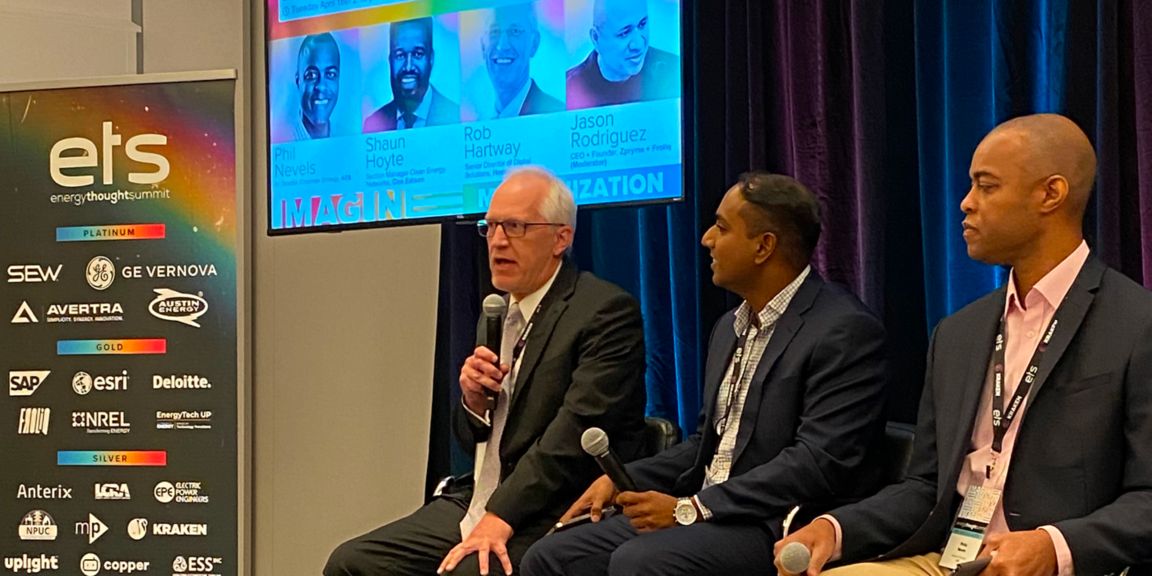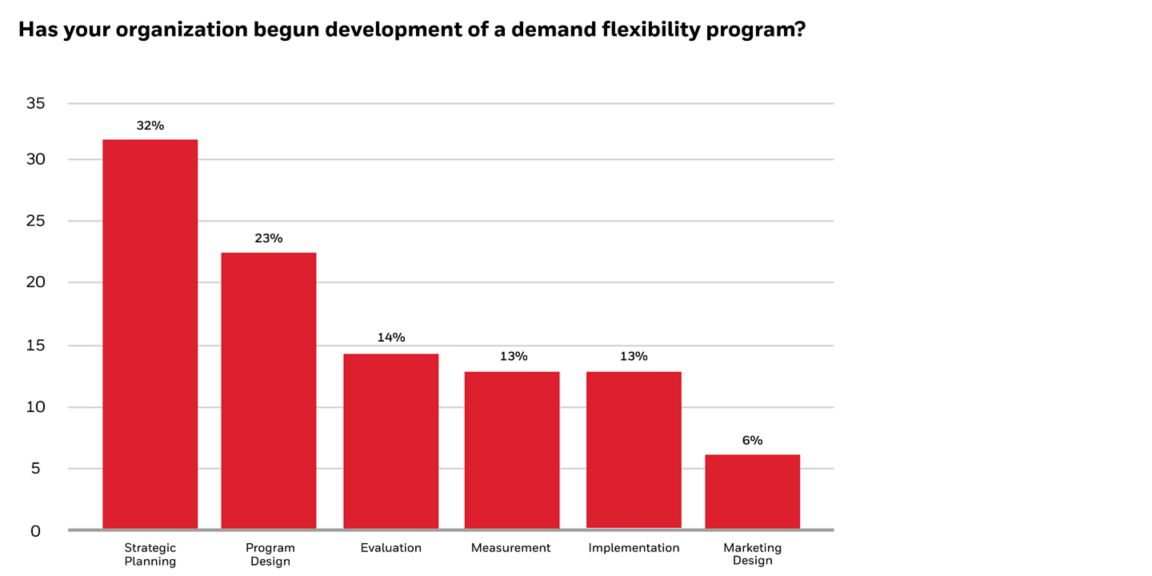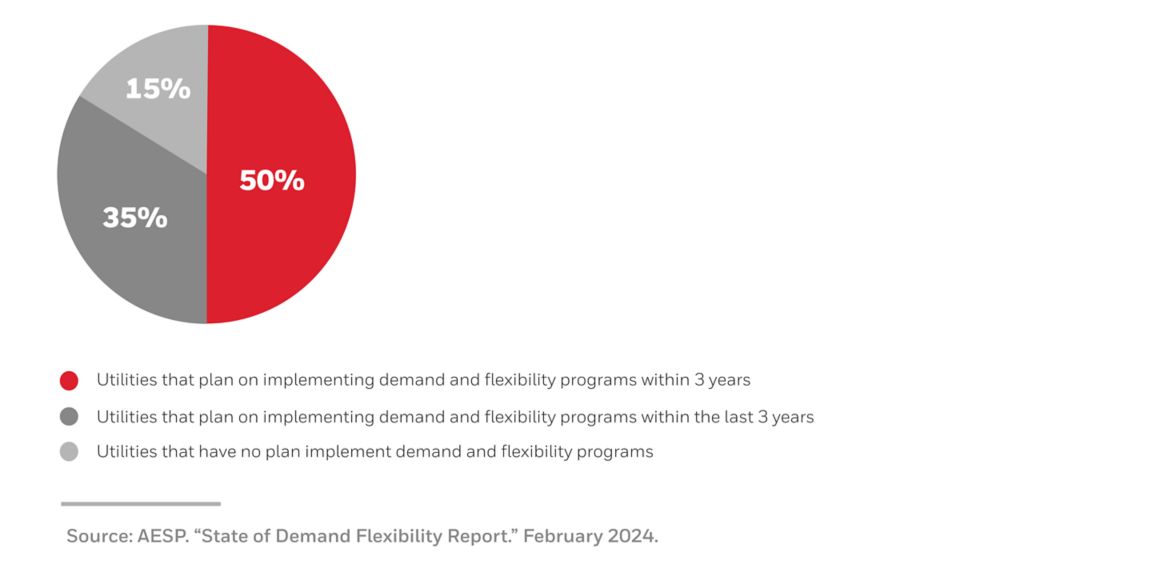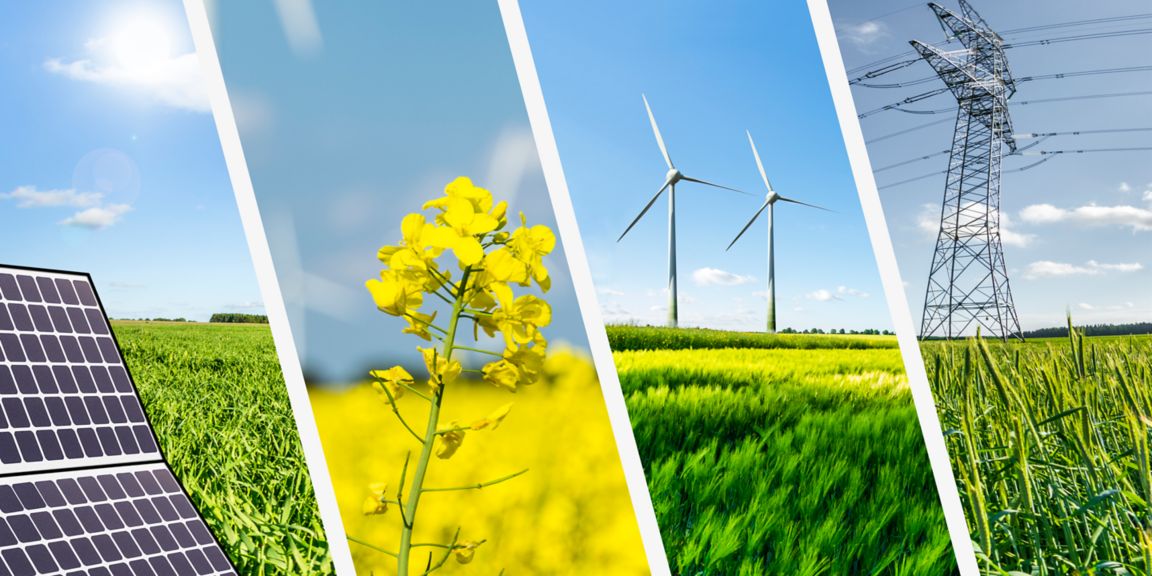-
Global
-
Africa
-
Asia Pacific
-
Europe
-
Latin America
-
Middle East
-
North America
- |
- Partners
- |
-
Currency:Localize your Content
You can set your preferred currency for this account.
Choose a Currency
Currency- CHOOSE YOUR CURRENCY
Update Currency
Changing Currency will cause your current cart to be deleted. Click OK to proceed.
To Keep your current cart, click CLOSE and then save your cart before changing currency.
-
Select Account
Switching accounts will update the product catalog available to you. When switching accounts, your current cart will not move to the new account you select. Your current cart will be available if you log back into this account again.
Account# Account Name City Zip/Post Code CANCELPROCEEDMy Account
-
Support
- View All Productivity Solutions
- Warranties
- Patents
- Global Locations
- Technical Support
- Discontinued Products
- Quality Program and Environmental Compliance
- Return Material Authorization (RMA)
- Legal Documents
- Product Certification
- Software Downloads
- Cyber Security Notifications
- Case Studies and Success Stories
- View All Sensing Solutions
- Sales Contact Form
- Technical Support
- Certificates
- eCOM Portal
- Distributor Inventory
- Return Material Authorization (Test & Measurement)
- Return Material Authorization (Citytech)
- Return Material Authorization (EnviteC)
- Legal Documents
- Intelligent Life Care
- Return Material Authorization (ILC)
-
Global
-
Africa
-
Asia Pacific
-
Europe
-
Latin America
-
Middle East
-
North America
- |
- Partners
- |
You are browsing the product catalog for
You are viewing the overview and resources for
- News & Events
- Featured stories
- The Imperative for Demand Flexibility
The Imperative for Demand Flexibility


The Imperative for Demand Flexibility
Transforming the energy landscape requires not just technological innovation but a fundamental shift in how we manage demand and integrate distributed energy resources (DERs). Modern load management solutions herald a new era of energy orchestration in which grid visibility, flexibility and sustainability are paramount.
Honeywell was asked to participate in a panel discussion at the Energy Thought Summit in Austin, Texas, and provided insights into the unprecedented challenges that utilities face as system peak demand grows and as the energy mix shifts toward cleaner, more sustainable sources. Attendees were asked, as a theme for the week, to imagine the future of energy. But increased demand and growing grid stress that faces a pivotal transition point means action is needed now. However, advanced solutions are available now to transform load flexibility and make a greener, more reliable energy future a reality today.
The U.S. DER market is expected to nearly double in capacity from 2022 to 2027, with capital expenditures reaching $68 billion per year.1 This unprecedented adoption is being driven by technology affordability coupled with consumers’ desire to reduce energy bills, become more energy resilient and support the environment.


Utilities, historically designed for a one-way flow of energy from generation plants to consumers, are now tasked with reimagining the power system to accommodate an abundance of DERs such as solar panels, electric vehicles and battery energy storage systems. This new dynamic necessitates a bidirectional, flexible grid capable of managing intermittent renewable sources and fluctuating demand.
Honeywell’s Role in Shaping the Future
To build the energy grid of the future, more than $21 trillion will need to be invested by 2050. Over 80% of these funds are dedicated to expanding the grid for new electricity consumption and production; $5 trillion is specifically allocated toward implementing automation and control of the power system and improving grid monitoring and awareness.2
Honeywell is at the forefront of this transformation, leveraging advanced data analytics and Internet of Things (IoT) technologies to provide holistic grid visibility, automation and energy orchestration. Honeywell’s Forge Performance+ for Utilities identifies energy management and waste reduction opportunities through the digitalization of assets, grid operations and consumer interactions. Future-proofing tomorrow’s grid starts with innovative solutions like Forge Performance+ for Utilities — a single platform that improves operational performance and helps manage a changing and challenging utility landscape.
Our digital platform seamlessly unifies the collection, validation and curation of disparate data to monitor grid actions in real time, simplifies data mining and self-service reporting for performance benchmarking, and uses historical data and forward-looking predictive insights to anticipate operational impacts, investment planning and energy consumption demands. Utilities can leverage these intelligent business insights to deploy curated solutions for asset and load management, anomaly detection, distributed energy resource management systems (DERMS) and grid optimization.
The Evolution of Load Management
Utilities face a set of challenges as technology, regulatory and consumer expectations grow for greater energy transparency, flexibility and optionality. Gone are the days of simple peak load management through demand response programs. Today, controllable load devices and renewable energy resources have become strategic assets for grid operation and load flexibility.
Forge Performance+ for Utilities can help transform that ecosystem today with innovations including the transformation of assets into localized, virtual power plants (VPPs) — a solution widely recognized as an immediate response to help manage peak demand growth and one that could offset 80-160 GW of demand and an estimated $10 billion in annual grid costs by 2030.3
The shift to renewable energy is not like a switch that metaphorically toggles from off to on or down to up. Rather, it is a gradual but accelerating transition that is already in motion: integrating renewable energy sources into a distribution system built for the fossil fuel-initiated structure, which these renewable energy sources are rapidly supplementing, is clearly identified as the answer to balance load through demand flexibility solutions.4 This approach is helping utilities mitigate the need for additional fossil fuel power generation while simultaneously enhancing grid reliability and resiliency. Energy efficiency and DERMS stand at the heart of this evolution, maximizing the efficiency of energy use and enabling utilities to harness energy assets both in front of and behind the meter.
Honeywell’s Automated DERMS solution enables utilities to plan and operate more efficiently, reliably and cost-effectively. From generation to transmission and distribution, we understand the utility value chain is transforming into a circular ecosystem with an increasing number of resource owners, operators and use cases. We support this ecosystem by providing intelligent business insights through diverse, connected resources, advanced load optimization methods, and cutting-edge machine learning and artificial intelligence (AI) technologies. Our Automated DERMS solution embraces the rapid yet necessary digitalization of utilities, working to put valuable, actionable data into the hands of utilities to better serve their customers through improved energy reliability, resiliency and sustainability.
Overcoming Challenges
The path to widespread grid orchestration is not without challenges, from the need for substantial grid modernization investments to navigating complex regulatory landscapes. Upgrading infrastructure to support smart meters and two-way communication is a foundational step, allowing for the detailed monitoring and management necessary for sophisticated DERMS programs.
Equally important is the development of supportive policies and regulations that incentivize DER integration and reward consumer participation in demand flexibility programs. Federal incentives are in place to facilitate change that can expedite investments to deploy grid solution technologies today; this can expand existing grid capacity and support 20-100 GW of incremental peak demand when installed individually.5


Once these foundational technologies are deployed and policies and regulations established, DERMS can become the vehicle utilities use to alleviate transmission and distribution congestion, providing resource adequacy at an affordable cost, building energy resilience and reducing harmful emissions.


Looking Ahead
The future of energy management is intrinsically linked to our ability to implement and scale demand flexibility solutions. As we continue to push the boundaries of what’s possible, the role of AI and machine learning in predicting demand patterns and optimizing resource allocation will become increasingly significant.
Honeywell remains committed to driving these advancements, working alongside utilities, regulators and consumers to create a more sustainable, efficient and resilient energy ecosystem. Through innovative technologies and strategic partnerships, Honeywell is playing a pivotal role in this transformation, delivering solutions that meet today’s needs while paving the way for tomorrow’s possibilities. As we look ahead, imagining the future of energy, the continued collaboration across all sectors of the energy industry will be key to unlocking the full potential of demand flexibility and ensuring a sustainable world for generations to come.


REFERENCES
1. Wood Mackenzie. “US Distributed Energy Resource market to almost double by 2027.” News release. June 20, 2023. https://www.woodmac.com/press-releases/us-distributed-energy-resource-market-to-almost-double-by-2027/
2. BloombergNEF. “Global Net Zero Will Require $21 Trillion Investment In Power Grids.” March 2, 2023. https://about.bnef.com/blog/global-net-zero-will-require-21-trillion-investment-in-power-grids/
3. U.S. Department of Energy. “Pathways to Commercial Liftoff: Virtual Power Plants.” September 2023. https://liftoff.energy.gov/vpp/
https://about.bnef.com/blog/global-net-zero-will-require-21-trillion-investment-in-power-grids/
Let's Connect!
Sign up to receive exclusive communications from Honeywell including product updates, technical information, new offerings, events and news, surveys, special offers, and related topics via telephone, email, and other forms of electronic communication.
Copyright © 2025 Honeywell International Inc
Maximum File Size
Maximum Files Exceeded
Due to inactivity you will be logged out in 000 seconds.
Maximum File Size
Maximum Files Exceeded
You cannot access this page as this product is not available in your country.

